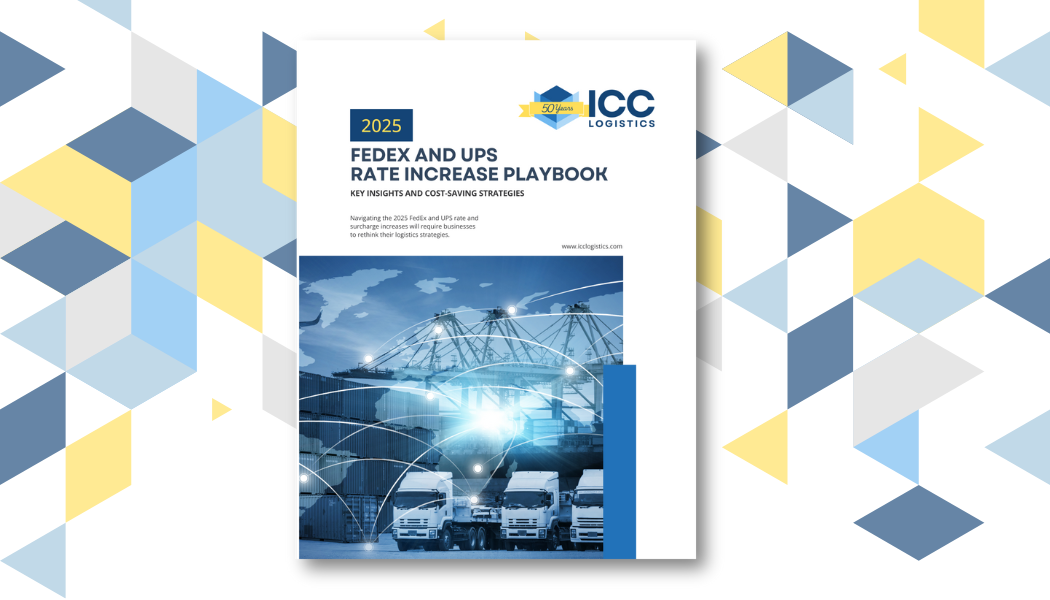Each year at this time, parcel shippers begin to digest the impact of the major parcel carrier’s General Rate Increases that were announced at the end of last year. These increases will in fact affect just about every parcel shipper. For some companies however, the actual financial impact might not be felt for a few more weeks due to the fact that some parcel carrier billing cycles are delayed. But don’t be lulled into a false sense of security, the increases are coming and they will be quite substantial.
Also, and perhaps even more important to the parcel shipping community is the actual impact as a result of some of the recent changes to how parcel carriers will now assess certain surcharges. For example, UPS and FedEx’ assessment of an Additional Handling Surcharges will now apply to packages weighing 50 pounds or more. In the past, this surcharge only applied to packages that weighed 70 pounds or more.
While we highlight this particular change to surcharge assessments, parcel shippers should be aware that parcel carrier base rate increases and various surcharge assessments, (for all freight carriers for that matter), are constantly in flux.
Shippers must become educated consumers. After all, a company’s financial success will be impacted by these continually rising costs. Those with supply chain and logistics responsibilities will find themselves in a real bind if they are unprepared to report what could be significant increases in freight expenditures to their corporate management; no company wants any surprises here.
Surely one of management’s questions might sound something like, “what have you done to reduce or eliminate the impact of these increases?” We suggest those in charge have a good and positive response prepared to answer that question.
The reality is that freight costs for all transportation modes are constant moving targets, therefore all shippers must be prepared to constantly review their costs and shipping practices to ensure they are continually fine tuning their contracts and pricing agreements. This is not and should never be a one and done process.
And, the key to success in controlling freight costs is the ability to continually benchmark costs across the various shipment types to ensure the rates your company is paying are in fact the most competitive rates for the services offered. This is a critical step in the process in continually controlling shipping costs.
A shipper’s actions must be constantly rooted in the philosophy that “everything is negotiable.” While that may or may not be true, if you don’t ask, you certainly won’t receive the rate relief you are seeking.



 to receive our FREE white papers:
to receive our FREE white papers: